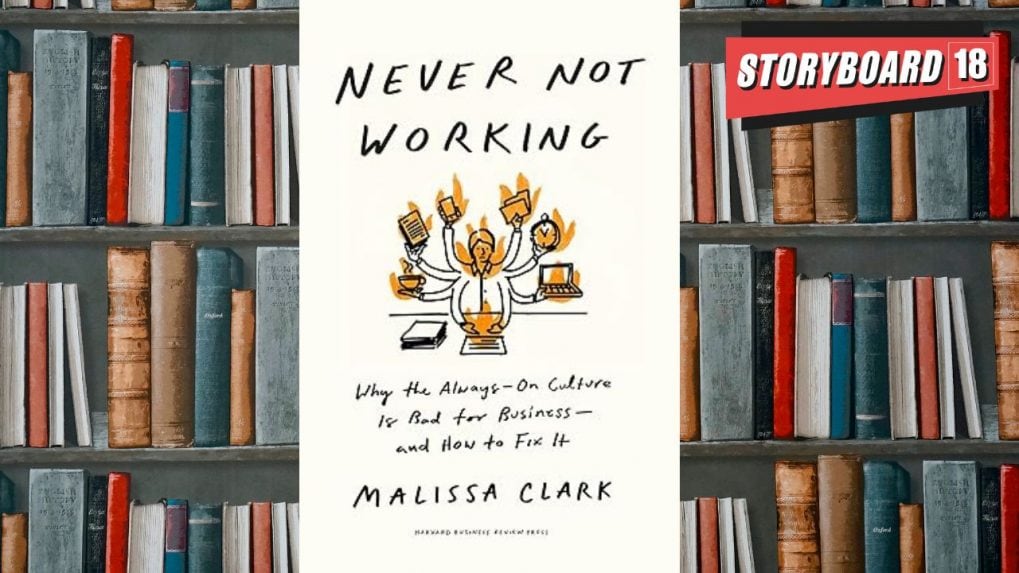How it Works
Tech layoffs 2025: The biggest job cuts in Silicon Valley and beyond

In awe of workaholism
The term workaholism was originally coined by pastor and psychologist Wayne Oates in his 1971 book Confessions of a Workaholic, in which he admits to being a workaholic himself. This ‘condition’, which is not a part of any medicaltreatment guidebook, is as pervasive and harmful as any other kind of addiction.
It is very rare, that in response to the question, ‘how are you?,’ you would get an answer such as ‘relaxed and not thinking about work?’. You’re much more likely to hear, ‘Crazy busy!’
The author of the book Malissa Clark, an associate professor of industrial and organisational psychology at the University of Georgia, says in the book, that “workaholism, is the only socially acceptable-dare I say, respected-addiction.”
Here are our five bookstrapping insights
1. The negative obsession with work has words in several cultures. In Japan, the word is karoshi, which translates roughly to "death from overwork." In China, the term is guolaosi. Estimates for rates of guolaosi in China are staggering, with some reports placing it as high as over a million workers each year.
2. The funny part is that even though workaholism leads to serious, negative physical and mental effects, the workaholics believe themselves to be immune from it; just like other patterns of addiction. But the science doesn’t lie.
3. The author also differentiates workaholism from work engagement by asking you to watch out for whether the employee is:
- Feeling energy and resilience
- Showing enthusiasm and commitment
- Demonstrating immersion or absorption in work
4. The historical derivation of the commodification of time during the Industrial Revolution- which in turn subjected employees to ever increasing workloads and led to expectations for workers to prioritise “the interests of their employer over their own,” is well-revised in the book.
5. In terms of coping mechanisms and suggestions on how to deal with the negative effects of workaholism, one wonders whether the author held back on elaborating more.
The idea that ‘work engagement’ is what happens at work- higher energy and enthusiasm while working on a project - and that ‘workaholism’ is what happens outside work- taking excessive work calls during family time or making conversations with friends also about your work, is well derived.
The other interesting question the book poses is this; do workaholics find work that is not necessary to feed their inner compulsion?
Reeta Ramamurthy Gupta is a columnist and bestselling biographer. She is credited with the internationally acclaimed Red Dot Experiment, a decadal six-nation study on how ‘culture impacts communication.’ On Instagram @OfficialReetaGupta
Read More: Bookstrapping: The Showman by Simon Shuster
Today’s B2B marketers wear many hats: strategist, technologist, and storyteller.
Read MoreThe Online Gaming Bill 2025 imposes severe penalties, allows warrantless search and seizure, and empowers a central authority to regulate the digital gaming ecosystem. It is expected to disrupt platforms, payment systems, and advertising in the sector. Here's all you need to know about the bill.